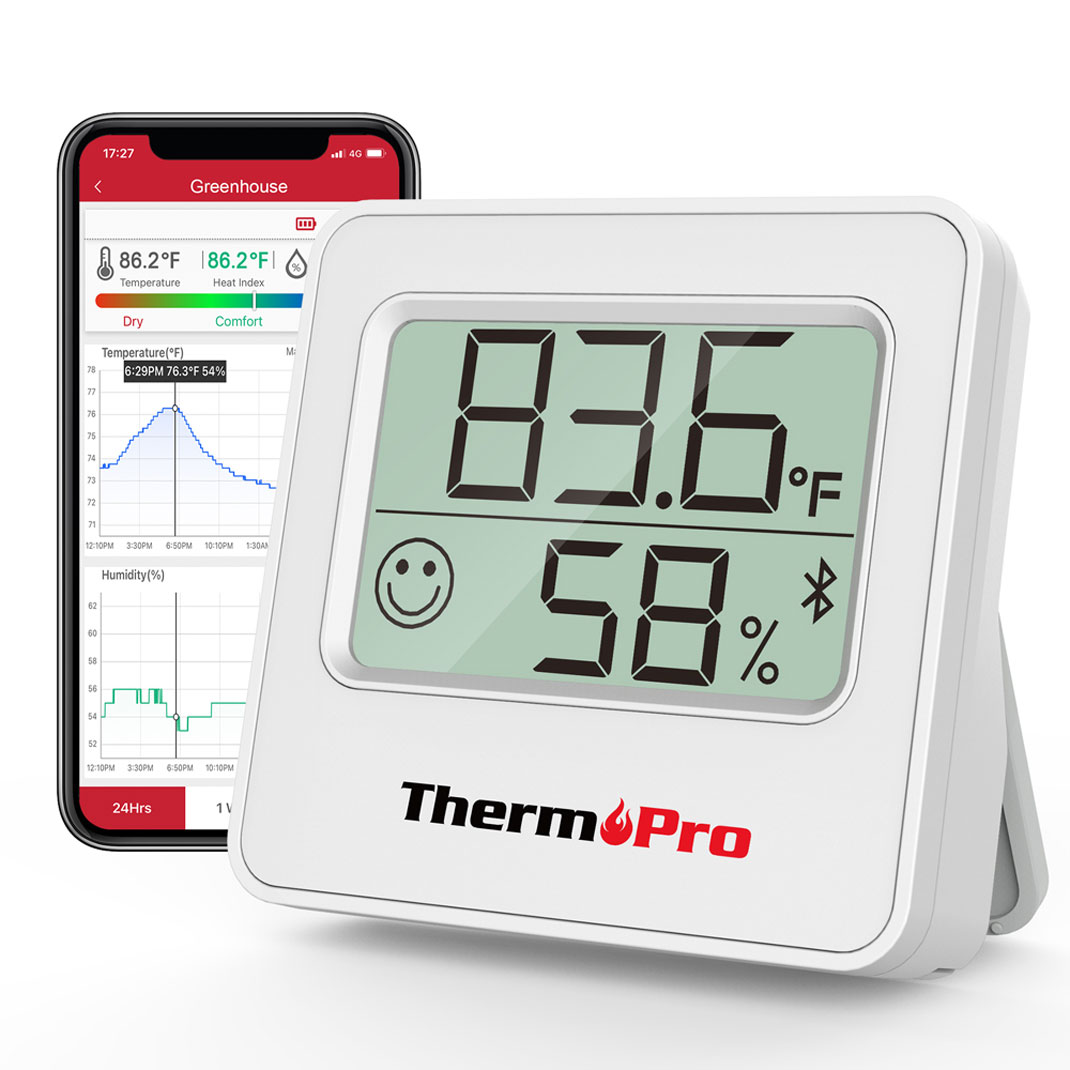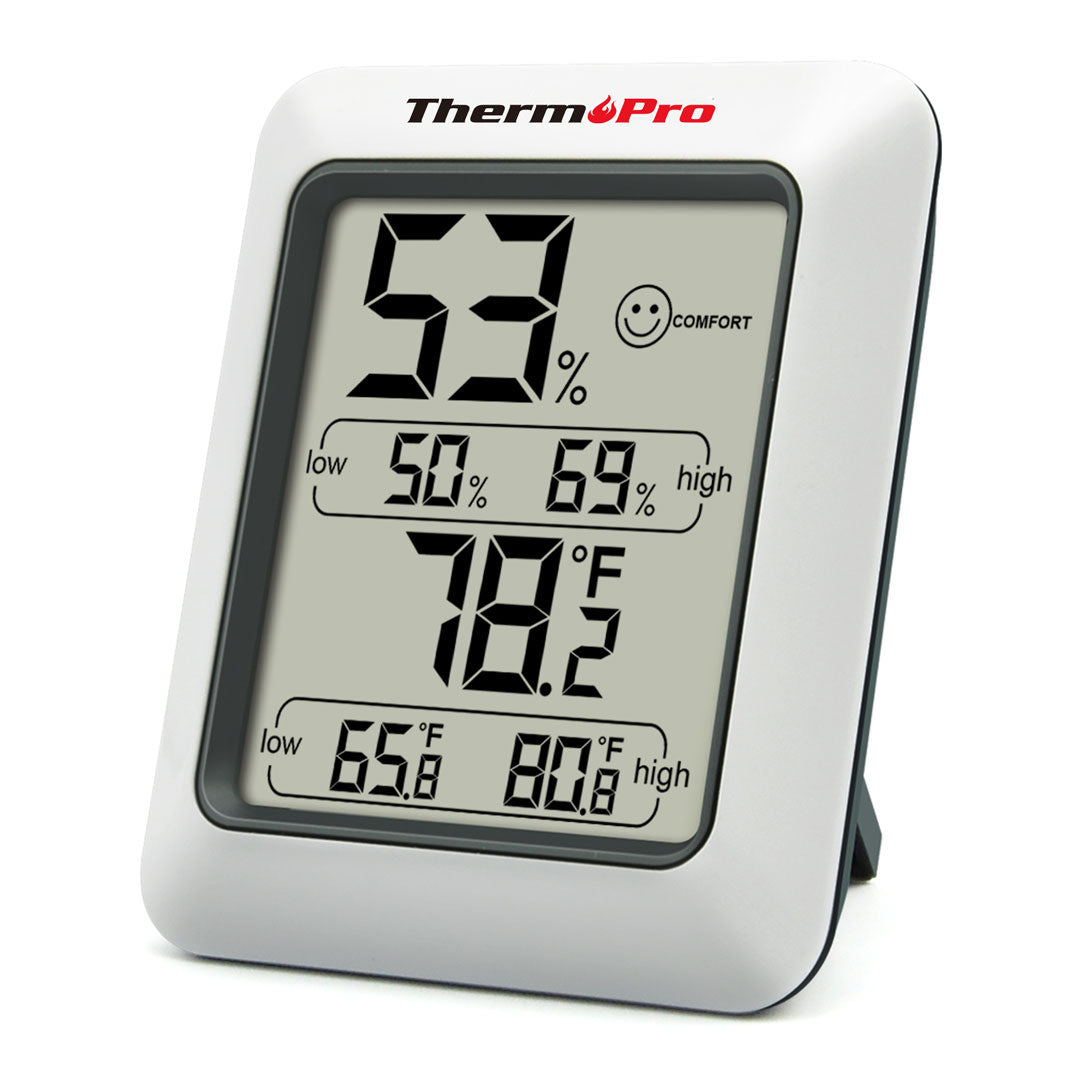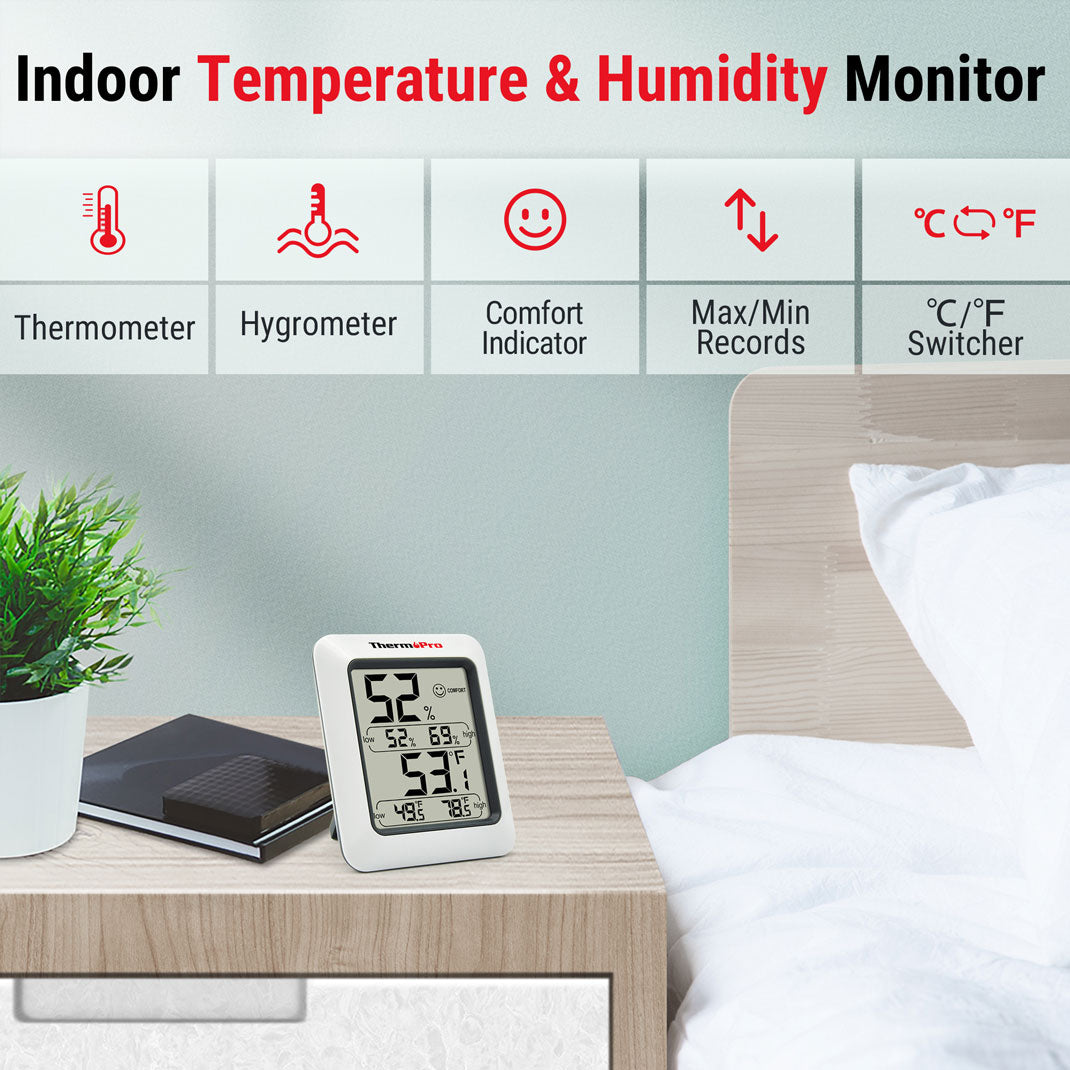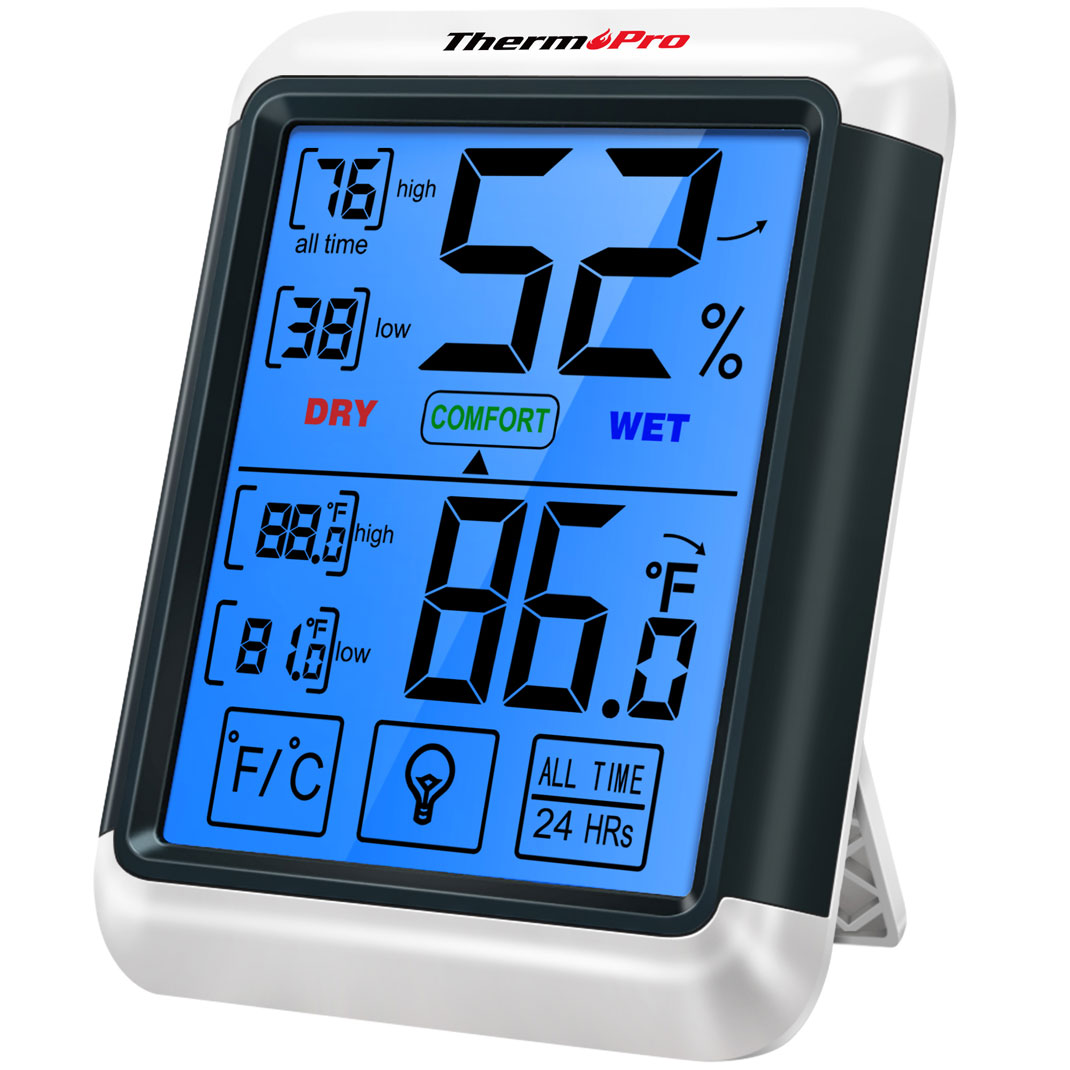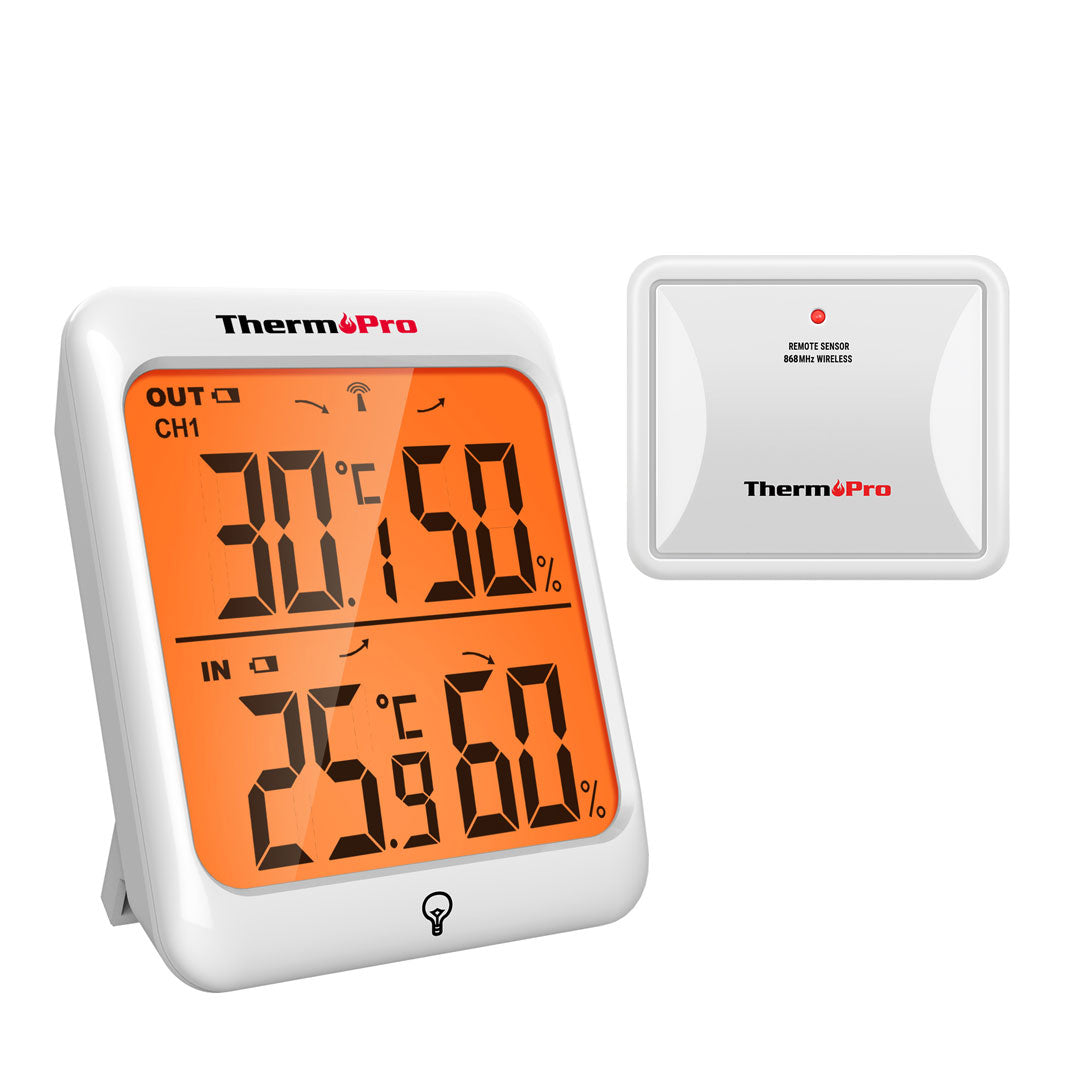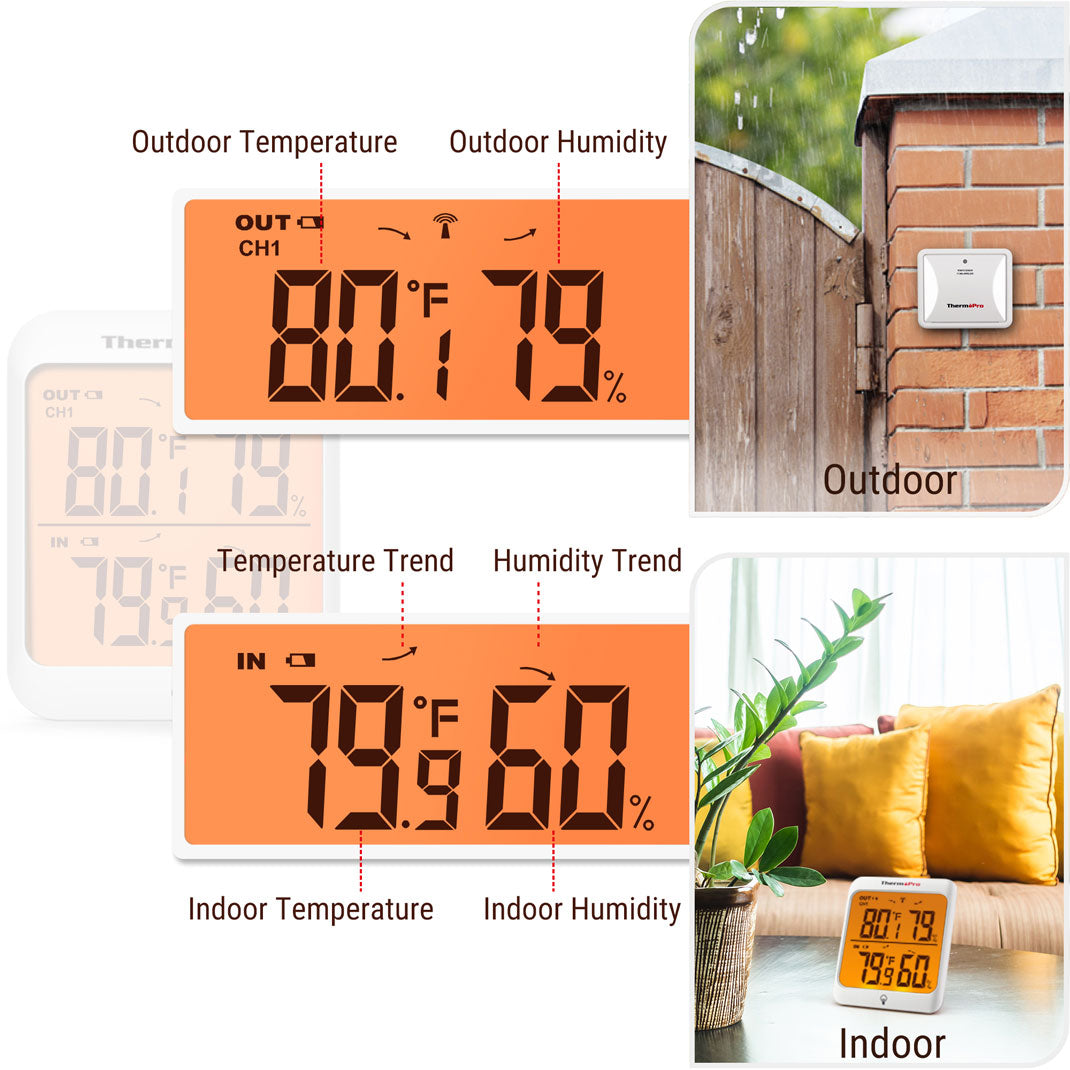How to Raise Humidity in a Room






 288 Comments
288 Comments
Humidity, the amount of water vapor in the air, is a unique atmospheric condition. While its abundance during the summer months can be frustrating, its absence can make winters tough. During the dry season, the natural humidity level of our homes significantly drops. This aridness makes it difficult for anything to thrive, affecting comfort and health. To overcome this problem, we need to raise humidity in a room. Here is a quick guide.
Understanding Humidity Levels
Humidity levels are classified into two main categories: absolute humidity and relative humidity. Absolute humidity is defined as the actual amount of water vapor in the air regardless of temperature. In contrast, relative humidity is a comparison between the amount of water vapor present in the air and the maximum amount the air can hold.
In a house, humidity levels ranging between 30% and 60% are considered ideal. Further, it varies from season to season; in summer, normal humidity ranges between 50-60%, and in winter, it drops to between 30-40%.
Benefits of Raising Humidity When It Is Too Dry
There are numerous benefits of of raising humidity levels when it is too dry. Scientifically, 45% humidity is said to be ideal. If the humidity level drops to below 30% RH (Relative Humidity) in your home, it can become quite irritating and uncomfortable. In this situation, here are the reasons you should raise the humidity:
- Dry air serves as an excellent medium for the transmission of viruses responsible for the flu and the common cold.
- Reduced humidity levels are also responsible for sore throats and headaches.
- Moreover, dry air can trigger your skin allergies, resulting in skin dehydration and irritation.
- Extremely dry air can be harsh for wooden furniture, resulting in cracks and dents.
- Plus, the low humidity levels may cause electrostatic shocks whenever two surfaces come in contact.
Methods to Raise Humidity in a Room
There are different ways to increase the humidity of your room. Here are the details:
It All Starts With Hygrometer and Thermometer
Before you try to correct the humidity levels in your home, it is essential that you accurately measure its real-time humidity levels. Only then can you take the required steps in that direction.
For this reason, you need to set up a digital hygrometer and thermometer in your room. This will help you monitor your room’s accurate humidity levels. Remember to trust a reliable brand like the ThermoPro TP53 Digital Hygrometer Indoor Thermometer for Home to ensure accuracy. It offers you a 24/7 display of maximum and minimum temperature and humidity records. It is versatile and can be placed wherever you want, including a baby nursery, basement, warehouse, and greenhouse.

The best part is that it comes with upgraded touch sensitivity that illuminates the screen display with just a touch. Even in dark conditions, it is easy to activate. Plus, multiple mounting options are available, including a magnet-mountable option. Here are the other important features that make this indoor hygrometer/thermometer stand apart.
- Temperature Range: -50°C to 70°C /-58°F to 158°F, with 0.1°C/°F increments
- Humidity Range: 10% RH and 99% RH, with 1% increments
- Display: Large LCD with touch-sensitive backlight features
- Battery: Powered by 2 AAA batteries

Set a Humidifier
If you find that the humidity levels in your house are really low, you should consider installing a humidifier. A humidifier offers an easy-to-control system for your living environment. For convenience, you can opt for a small tabletop humidifier that can set the optimal levels of humidity in your home.
DIY Methods to Improve Humidity
If you think a humidify is the only way to adjust the humidity, you’d be wrong. Some DIY approaches can help you add humidity to a room without the use of humidifiers. Here is a list of ways to increase the humidity of your room without costing you anything:
Grow Indoor Houseplants
One of the best ways to add humidity to a room is by growing indoor plants. Are you thinking, “Do plants add humidity to a room?” Yes they do, just don’t skip watering them at regular intervals. When properly hydrated, houseplants will release water vapor into the air from their leaves. As well, the water from the soil slowly evaporates, adding to the humidity of the room. You can choose plants with large leaves, such as palms, for optimal results.

Set Up Water Diffusers
Water diffusers are another great DIY method for raising indoor humidity. Just like normal diffusers, they work by mixing a couple of essential oils in a base mix of water. This directly results in plenty of water vapors in your room, enhancing the overall humidity. At the same time, it releases a peaceful aroma that smells amazing and is relaxing.
Use Open Containers of Water
You can also simply leave open containers of water in your room to enhance the humidity levels of a dry environment. Wondering how to incorporate this idea? How about adding an open pot of water in your living room and growing water plants such as lotus or lilies? This will give an aesthetic view and add to the functionality. But don’t forget to change the water regularly so that it doesn’t become a breeding ground for mosquitoes. Alternatively, you can also boil a pan of water on the stovetop for quick results.
Dry Your Laundry Inside
Another easy way to add humidity to a room is to dry your laundry inside. Wet clothes evaporate moisture as they dry. The released water vapor will automatically add humidity to a room without humidifiers, and it will also help you save on your electricity costs.
Additional Tips for Maintaining Humidity
Here are some additional tips that you can follow on a daily basis to maintain indoor humidity during the dry months:
- Keep the bathroom door open every time you take a shower. This will release some of the bathroom’s steam into the room, maintaining humidity levels.
- In extreme winters, avoid using exhaust fans as this will remove excess moisture from your interior environment.
- If you take baths, don’t pull the plug immediately after using the bathtub. Let it sit for a while to let your home get the full benefits of added moisture.
- Seal up the leaks of windows and doors using weatherstripping to avoid moisture loss or energy loss during the winter. However, after a fresh rain, it’s important to open the doors and windows of your home to let fresh air circulate inside your home.
- Avoid accumulating dust in your house. Dust is often responsible for dry environmental conditions.
- You can also steam rather than iron your clothes to help boost interior humidity levels.
- Most homes use room heating technologies that quickly dry the air, reducing humidity. To maintain a proper humidity level, set the temperature to 68°F.
Monitoring and Adjusting Humidity Levels
Here are some other ways to help you achieve the ideal humidity in your room:
- HVAC settings should be set according to the weather conditions of the outer surrounding area.
- Using a humidifier/dehumidifier as per the weather.
- Implementing ideal ventilation conditions in your home.

Final Thoughts
Humidity levels play an important role in the health and hygiene of your family members. During the winter season, raising the humidity in your home is more often than not an integral task to maintain a comfortable living environment.
The above blog answers the most frequent question: How to add humidity to a room? It’s totally up to you if you want to use DIY methods or a humidifier to adjust and regulate the humidity levels in your room. However, you will always need a hygrometer, like ThermoPro TP53 Digital Hygrometer Indoor Thermometer for Home, to regulate the ideal range and levels of humidity.
If you don’t have one, consider installing a premium one today and enhance your living standards. ThermoPro creates many versatile Hygrometers for indoor and outdoor use, you can find more Hygromters and Thermometers before making the final decision.
Comments
You May Also Like

Ideal Temperature and Humidity for a Greenhouse

How to Reduce Summer Humidity in Your Home
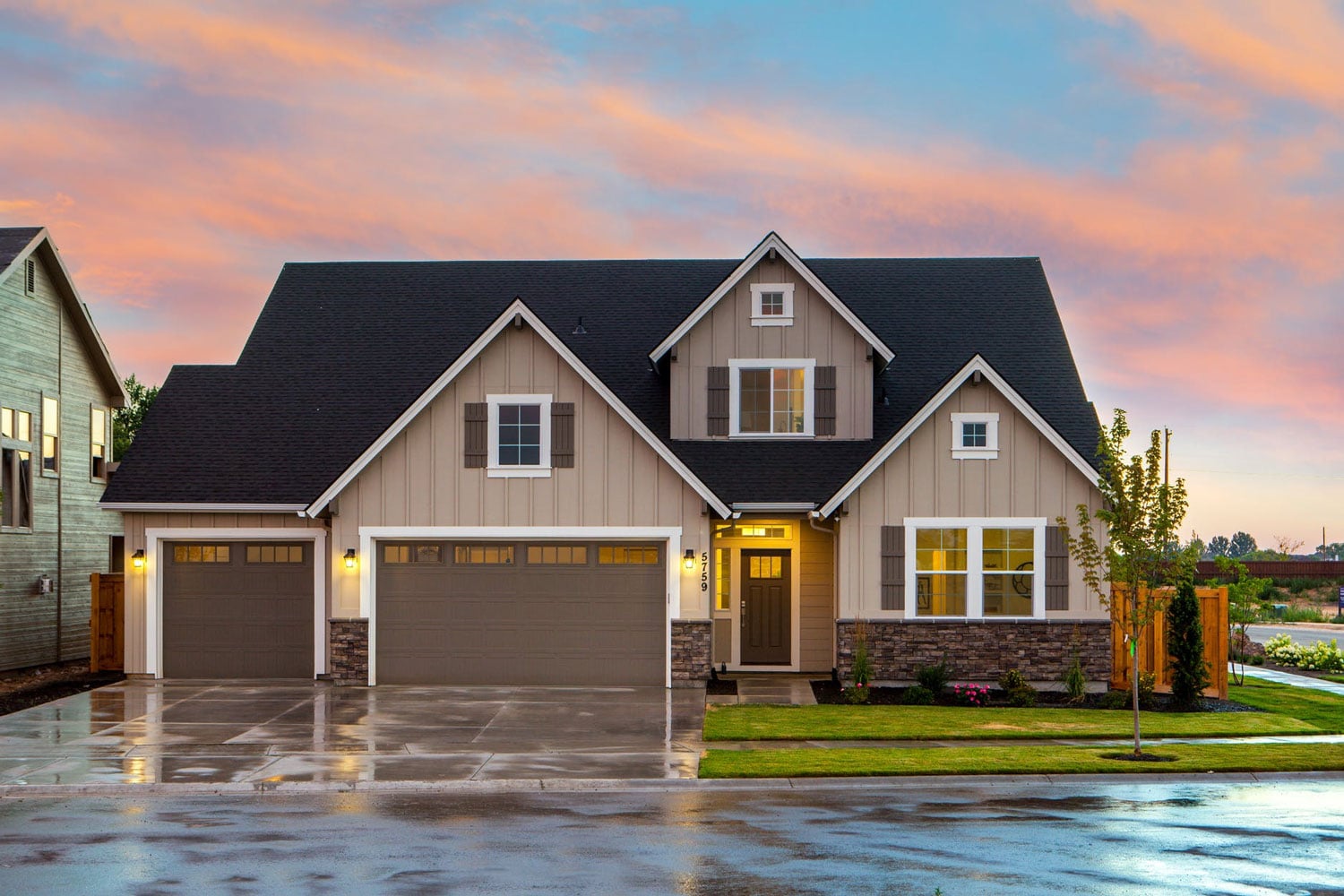
How to Control Indoor Temperature and Humidity at Home














